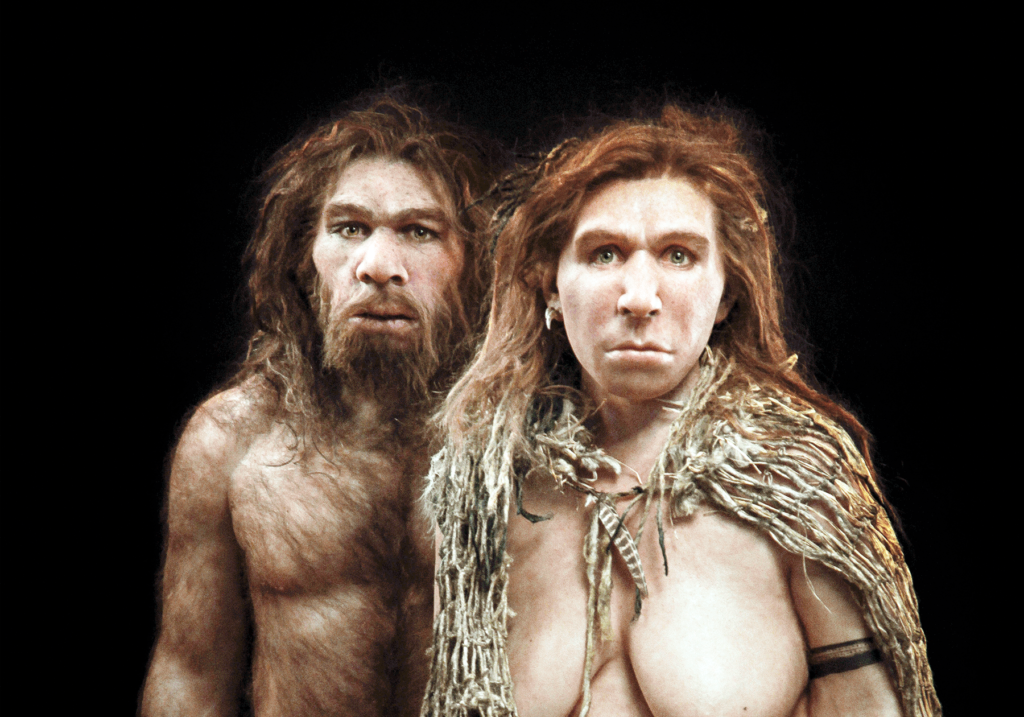Some Italian researchers wondered why so many residents of Bergamo, in the northern region of Lombardy succumbed to the Covid-19 pandemic — 800 died on one day. So, they sampled DNA from 10,000 survivors around the area and concluded that Neanderthal genes may have contributed to the mass demise.

Seems that Neanderthal genes made people twice as likely to develop severe pneumonia and three times more likely to need hospitalization. Don’t ask me about the methodology or the deductive reasoning. I’m no medical guy, and it’s hard to find any tracts refuting the current Neanderthal popularity in genetic studies.
Italian scientists are especially keen on going caveman to explain things. Neanderthal genes and remains have been found in many parts of the peninsula. Bergamo is in the north, but Tuscany in central Italy appears to have the motherlode of Neanderthal DNA—the highest ratio of Neanderthal DNA in the world. Elsewhere in 1993, scientists found the skeleton of an ancient human in a limestone cave near Altamura in the southern region of Puglia. “The Altamura man represents the most complete skeleton of a single non-modern human ever found,” reported Fabio Di Vincenzo, a paleoanthropologist at Sapienza University of Rome. The skeleton may be from 170,000 years ago, during the Stone Age. This could explain why Italic people love granite and marble!

Actually, DNA studies have found Neanderthal genes in varying degrees (1% – 4%) in other Europeans as well as in Asians and Australasians. Native American Indians, no doubt because they migrated from Asia, also show evidence of Neanderthal DNA. One race that has little or no traces are sub-Saharan Africans. Apparently, Neanderthals evolved in Europe after their pre-human ancestors left the African continent.
Neanderthals managed to attract more modern mates as evidenced by our current DNA. They blended so well that they “disappeared” 40,000 years ago. In Italy, much like the non-Italic Etruscans, they became Italians, giving us some good genes and bad.
A 2014 study in the journal Nature tied several present-day human diseases — such as diabetes, Crohn’s disease, lupus and cirrhosis — to Neanderthal DNA remnants. A specific bit of Neanderthal DNA also significantly increases risk for nicotine addiction and insomnia. On the positive side, Neanderthal genes might have made humans smarter and sped up our adaptation to new diets.

From facial reconstructions, we apparently didn’t get our good looks from Neanderthals. However, researchers believe that they had a variety of characteristics that they may have given to Europeans: blue eyes, light colored straight hair, fair skin, body hair, and big noses! Judging only by these traits, I find it hard to believe that Asians have as much Neanderthal DNA as us. Although some Native American chiefs (see an Indian head nickel) had great schnozzolas.
Who knows what lurks in our DNA? -JLM




I belly laughed long from the wiseguy photo. Behind the deeply intellectual persona you have, there is an amazing droll character. Latest research has determined the Etruscans are indigenous to Italy. Despite their advanced culture for their time, can they be grandfathered in as “Italic” now?